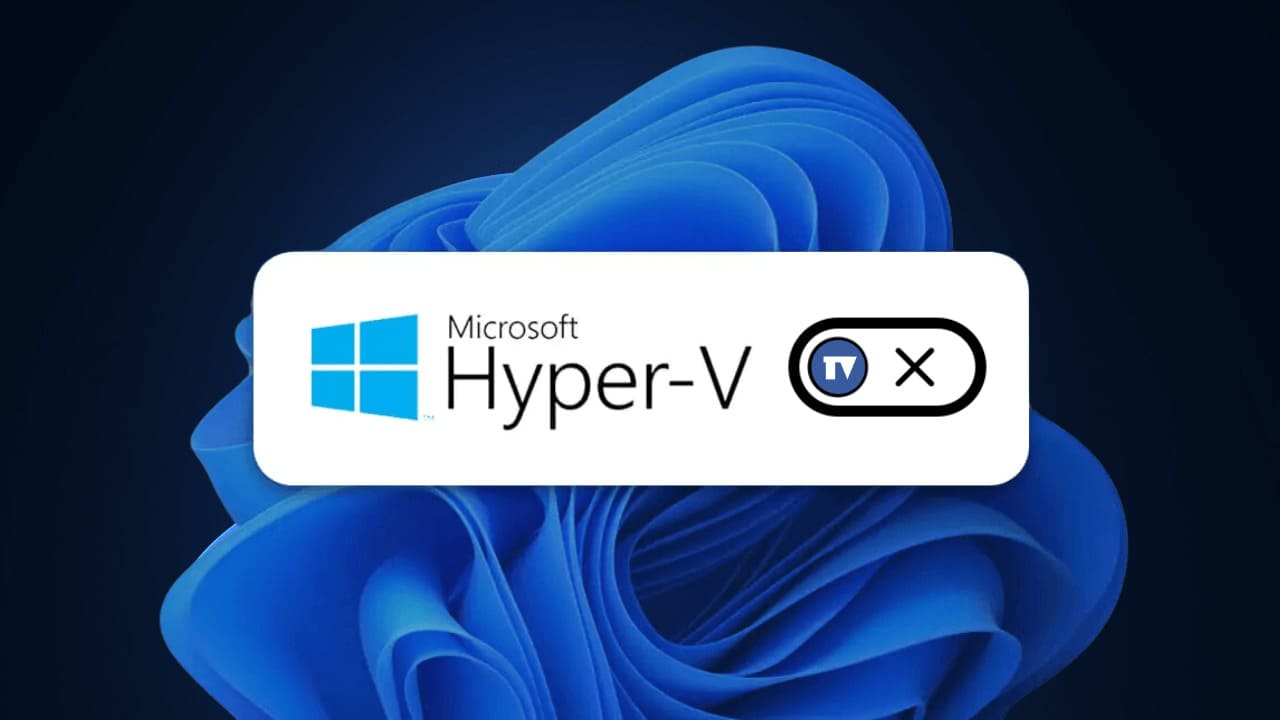TechViral
3w
74

Image Credit: TechViral
How to Disable Hyper-V on Windows 11
- Hyper-V on Windows 11 can consume resources and battery, so it's advised to disable it.
- Disabling Hyper-V is recommended before using other virtualization software like VirtualBox.
- 1. Disable Hyper-V from Windows Features: Access Control Panel > Programs and Features > Turn Windows Features on or off. Uncheck Hyper-V and Windows Hypervisor Platform.
- 2. Disable Hyper-V Using DISM Command: Open CMD as admin and run 'dism /online /disable-feature /featurename:Microsoft-hyper-v-all'. Restart the PC.
- 3. Disable Hyper-V with PowerShell: Open PowerShell as admin and run 'Disable-WindowsOptionalFeature -Online -FeatureName Microsoft-Hyper-V-All'. Restart.
- 4. Disable Hyper-V using BCDEdit command: Open CMD as admin, run 'bcdedit /set hypervisorlaunchtype off'. Restart.
- 5. Disable Hyper-V via BIOS: Restart PC, access BIOS settings, locate Virtualization Technology, set it to Disabled, save and exit.
- Note: Disabling hardware virtualization in the BIOS will make Hyper-V and other virtualization software unusable.
- These methods provide ways to disable Hyper-V on Windows 11 efficiently.
- Options to access BIOS and disable virtualization may vary; consult support documents or manufacturers' websites for details.
Read Full Article
4 Likes
For uninterrupted reading, download the app